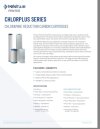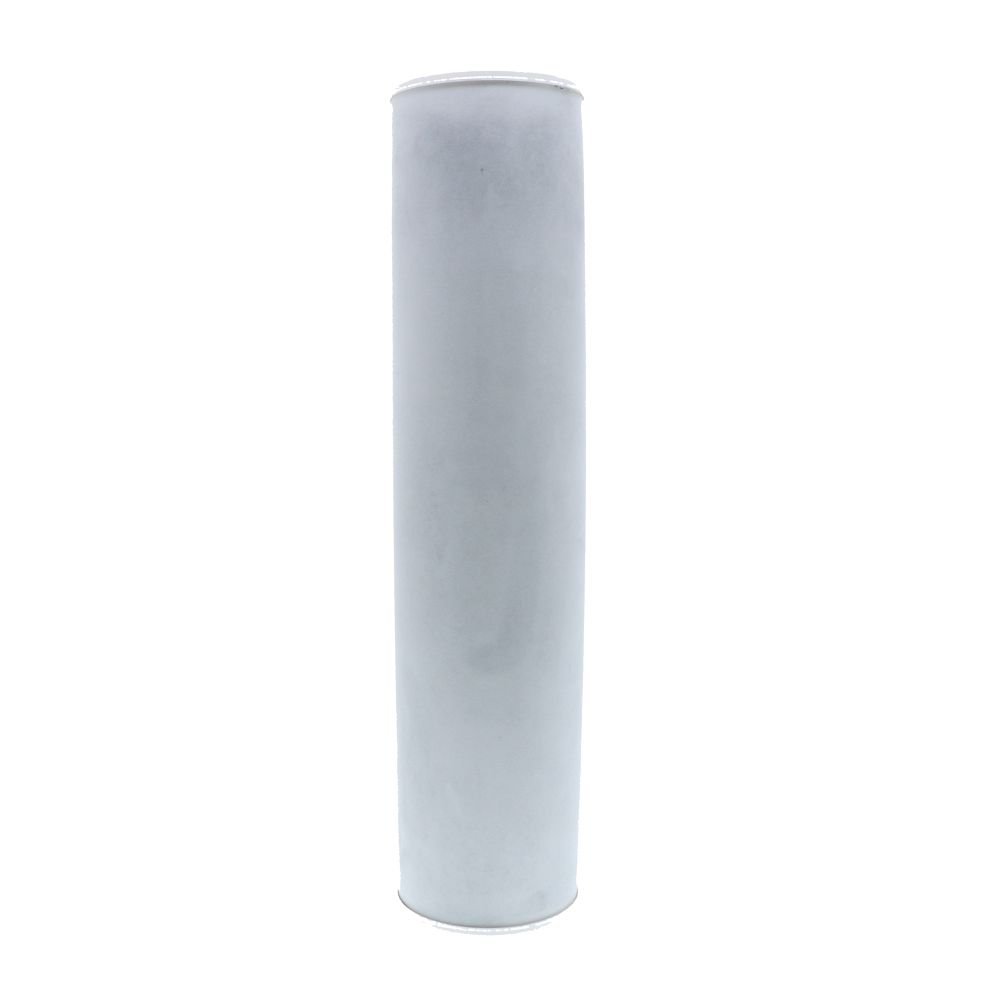Alexander1312
Supporting Member
I wanted to tag on this topic here: https://www.bareefers.org/forum/thr...nsiderations-and-which-ones-not-to-buy.38013/
But then I thought it might deserve its own thread.
I am currently working on solving the following issue:
I am testing positive for chlorine/chloramine after the RO output, while having a 3 stage pre-filter setup with sediment, catalytic carbon and 1 micron carbon. Approximately 1ppm, potentially 0.5 ppm to 1ppm.
This remained at the same level after replacing all prefilters. When testing the water immediatetly after the pre-filters, before the RO, the results were pretty much the same. When testing the water after the DI stages, there was no more positive test results. I am using a new Salifert Chlorine/Chlormaine tester.
Source water is 29 TDS, post RO is 5 TDS, post DI is 0 TDS.
Despite the 0 TDS results, I believe exposing the membranes to chloramine is not a good idea.
According to EBMUD, the average chloramine levels are 2.6 ppm, PH at a 9.3 level.
AI believes that a high PH can make chloramine removal specifically challenging, quoting some credible papers.

It looks I would need to add another stage (or more) of catalytic carbon.
I currently have the following RODI system with the Catalytic Carbon upgrade: https://airwaterice.com/collections...ts/neptune-8-stage-rodi-with-2-membranes-3-di
But then I thought it might deserve its own thread.
I am currently working on solving the following issue:
I am testing positive for chlorine/chloramine after the RO output, while having a 3 stage pre-filter setup with sediment, catalytic carbon and 1 micron carbon. Approximately 1ppm, potentially 0.5 ppm to 1ppm.
This remained at the same level after replacing all prefilters. When testing the water immediatetly after the pre-filters, before the RO, the results were pretty much the same. When testing the water after the DI stages, there was no more positive test results. I am using a new Salifert Chlorine/Chlormaine tester.
Source water is 29 TDS, post RO is 5 TDS, post DI is 0 TDS.
Despite the 0 TDS results, I believe exposing the membranes to chloramine is not a good idea.
According to EBMUD, the average chloramine levels are 2.6 ppm, PH at a 9.3 level.
AI believes that a high PH can make chloramine removal specifically challenging, quoting some credible papers.
It looks I would need to add another stage (or more) of catalytic carbon.
I currently have the following RODI system with the Catalytic Carbon upgrade: https://airwaterice.com/collections...ts/neptune-8-stage-rodi-with-2-membranes-3-di






